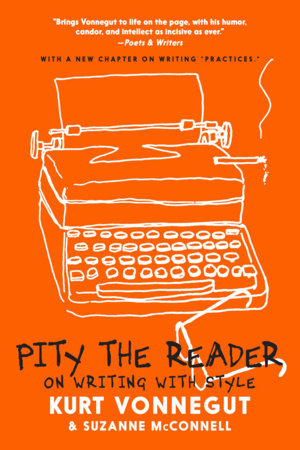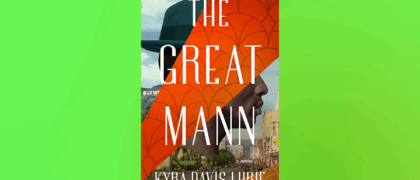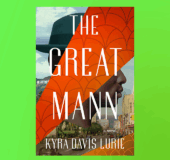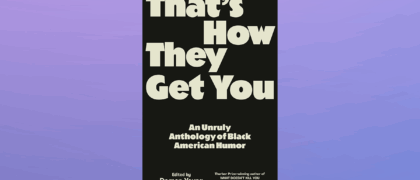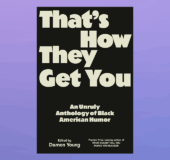As a teacher of fiction writing at Hunter College, I was always on the look-out for a book to use in classes that was instructive but not academic. I wanted a non-textbook text that was compelling, entertaining, encouraging, and practical – one that delivered helpful news about writing in such a way that students would understand how demanding it is to write well, and how rewarding it is on its own account, as “a way to make your soul grow,” as Kurt Vonnegut said. I believe Pity the Reader: On Writing with Style is just that book.
Pity the Reader follows the trajectory of Kurt Vonnegut’s writing life, one of struggle and accomplishment. About 60% of the book is comprised of his quotes; he was a thought-provoking humorist, so much of the book is seriously funny. Throughout, the reader gets to know Vonnegut as a teacher: in the classroom at the University of Iowa Writer’s Workshop, the first and foremost MFA program in the U.S, and on the page as a writer in his essays and fiction. The book relies on my experiences as his student, and later, as a teacher, editor, writer, and Kurt’s friend. Ultimately Pity the Reader offers advice on the emotional equipment needed to write, and detailed instruction on techniques of writing fiction, illustrated by examples from Vonnegut’s fiction.
The paperback edition provides ‘practices,’ writing prompts that spring from chapters devoted specifically to the craft of fiction. Each set is divided into “Enlightenment” and “Endarkenment” practices. The “Enlightenment” are straight forward; the “Endarkenment” suggest making deliberate gaffes in that particular technique of writing fiction. The idea is that one can learn as much from intentional blunders as from striving for perfection.
A Note to Teachers:
If using this book to assign in a classroom, it might be helpful to consider how the chapters are arranged by thematic section:
Section One: Chapters 2 – 8, “The Prime Mover”
Section Two: Chapters 9-11, “The Worth of Writing to the Self”
Section Three: Chapters 12-14 “The Worth of Writing to Society”
Section Four: Chapters 16-22 “Tools of the Trade: Approaches”
Section Five: Chapters 23-31 “Tools of the Trade: Nut and Bolts”
Section Six: Chapters 32-37 “How to Live as a Writer”
From Chapter 25: “Plot”:
Enlightenment Practices:
- Graph the plot of the nonfiction tale “Kurt Vonnegut and His Thesis” according to its fluctuations of fortune.
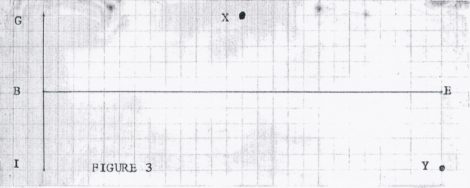
- List five “person in hole” situations. Write them down simply. Then elaborate by making each more specific in time, place, and character. Choose one and write a story modeled on that basic plot.
- Actually do what’s suggested under “Arithmetic” in this chapter: Trace the fictional development of Ice-9 in Cat’s Cradle, citing the page numbers and passages. Then write a paragraph or two about how convincing you think it is, through Vonnegut’s keeping the fictional logic sound.
- Write down the three worst things you can imagine happening to you or to someone you love. Base a scene or story around one such occurrence.
- List five trivial things a character could want. Pick one, and start a story by immediately stating the character’s desire for it. Even though serious things may be occurring, plot the rest of the story in terms of the fluctuating success the character has in achieving that goal.
- Writing from only one character’s perspective, establish a conflict between two characters in the opening paragraph, a conflict that involves a secret. The narrator could be keeping the secret, or the other character could be keeping a secret from the narrator. You can use either the first (“I”) or third person (“he” or “she”) point of view. Continue writing until the conflict comes to a head, and the narrator undergoes “The Big Click.”
Endarkenment Practices:
- Write a story in which there is a clear conflict between two characters, but the conflict never reaches a climactic point and is left unresolved.
- Take a short story with a wonderfully surprising ending, and transform that into the most clichéd, expected conclusion you can imagine.
- Write a story in which you deliberately omit courting the reader’s curiosity. Don’t allow the character[s] to want or wonder. Reduce expectations. Keep it in the present tense.
- Write a story in which, after immediately proposing the character’s desire, he or she achieves that goal without much trouble.
- Pick your favorite Vonnegut story and revise it to eliminate one of the elements suggested in the above exercises: i.e. omit the climax or turning point of a conflict, cut some fluctuations in fortune, render the ending unsurprising and clichéd, or reduce the enticements to your curiosity enough to make them ineffectual.
- Write a story in which, just as some conflict might come to a head, the characters die. Alternatively, take a story you are having trouble ending and kill off your characters to resolve the problem.


